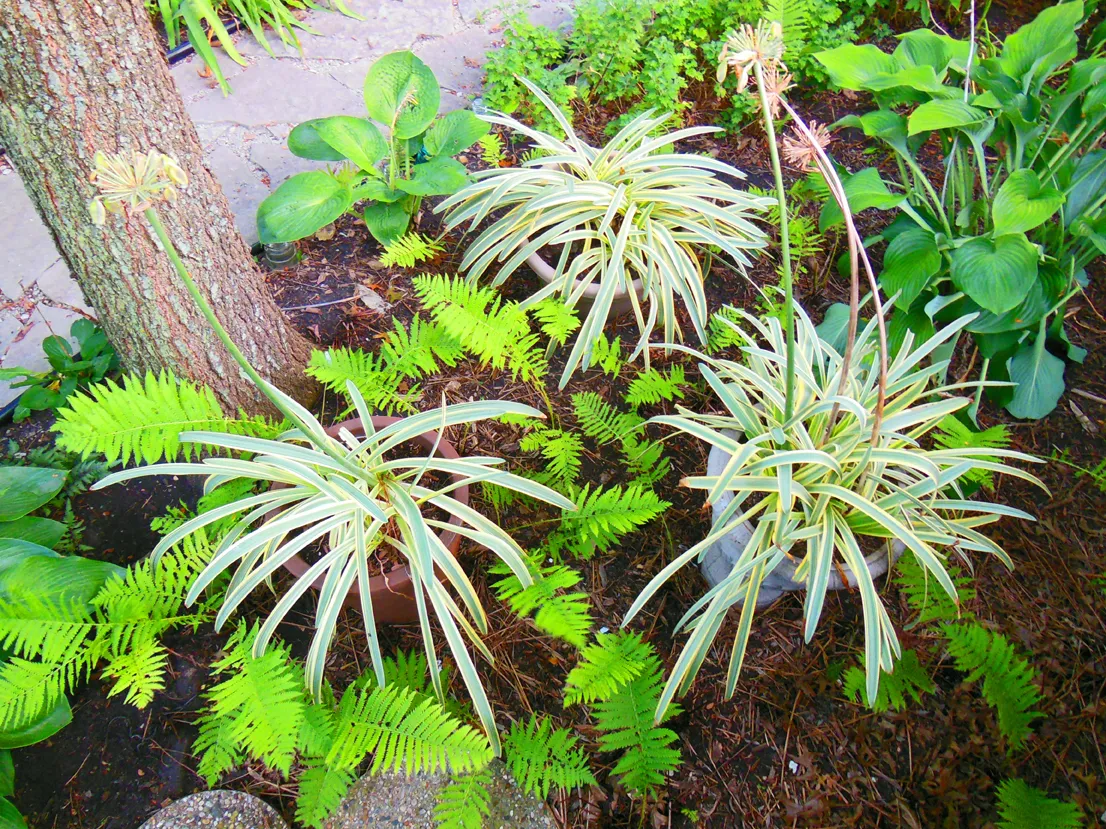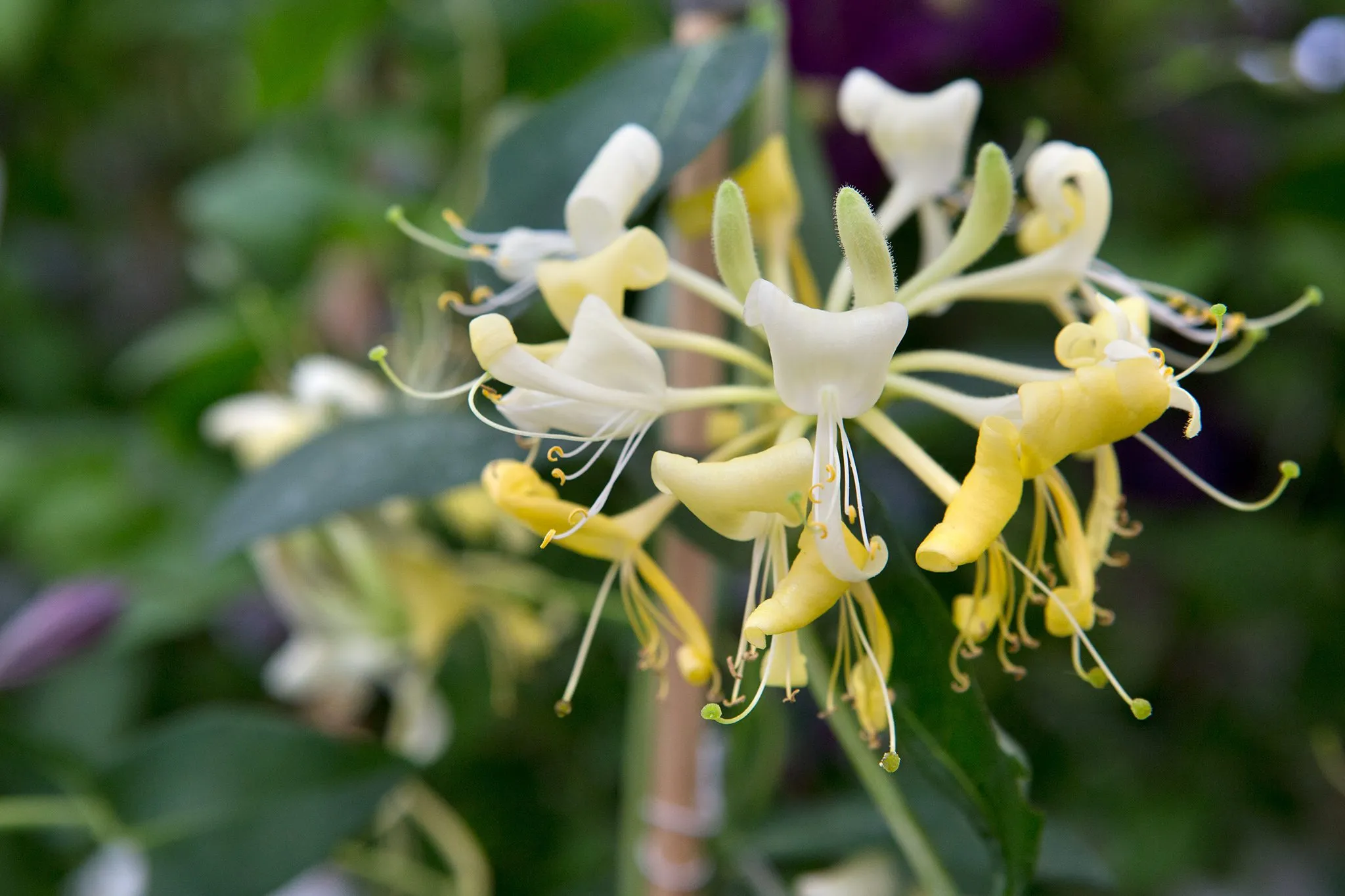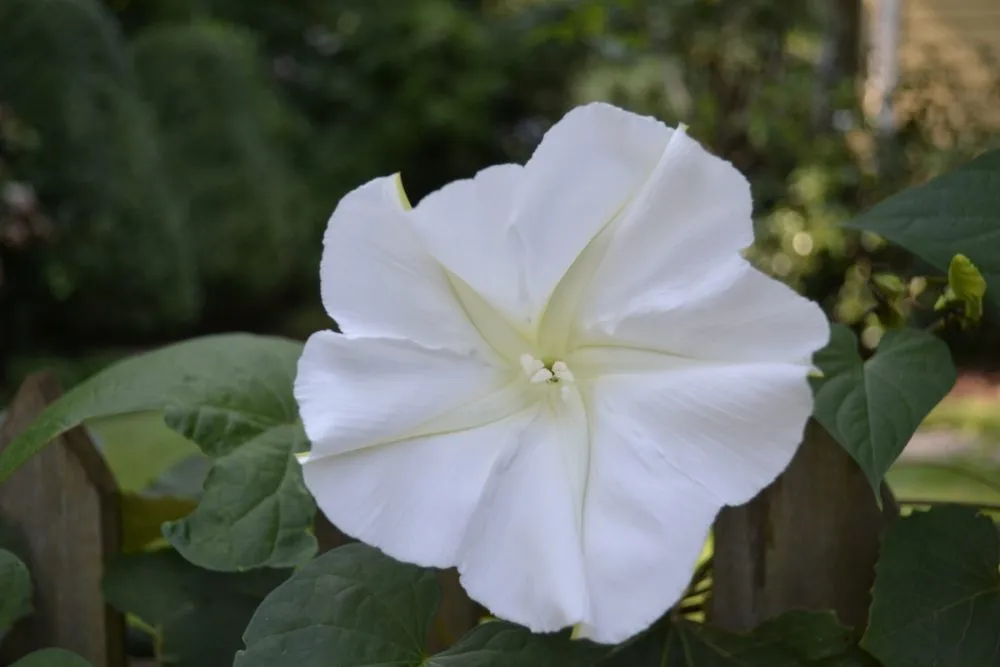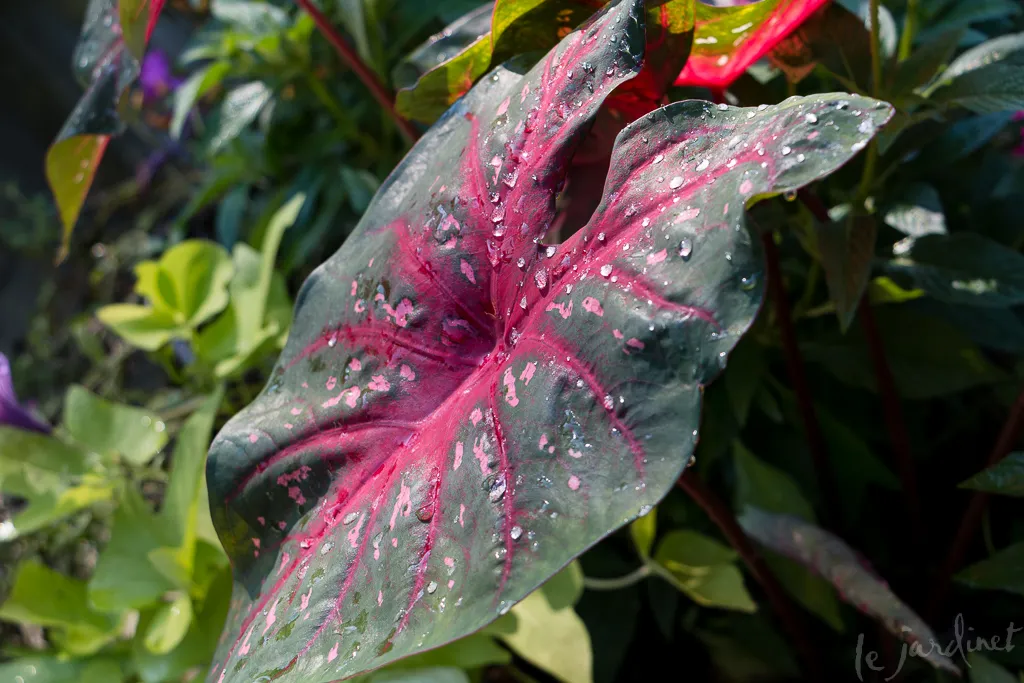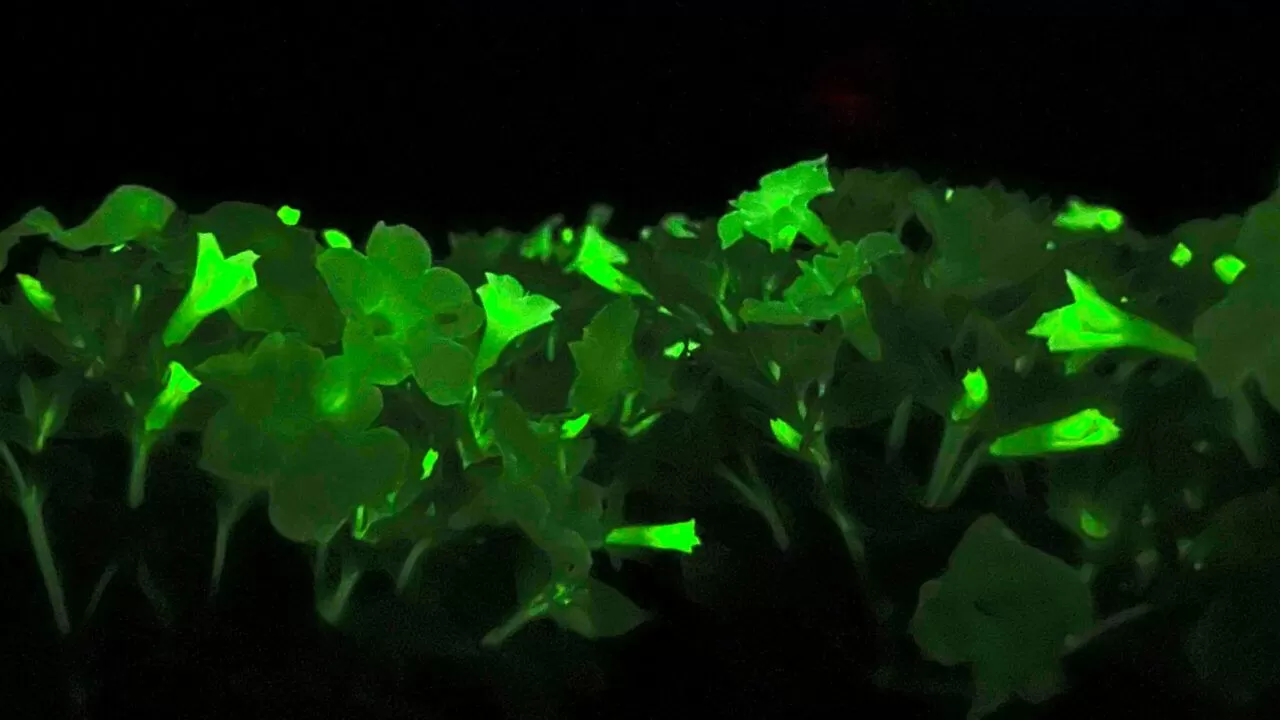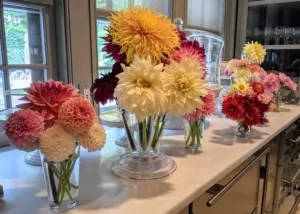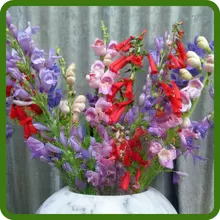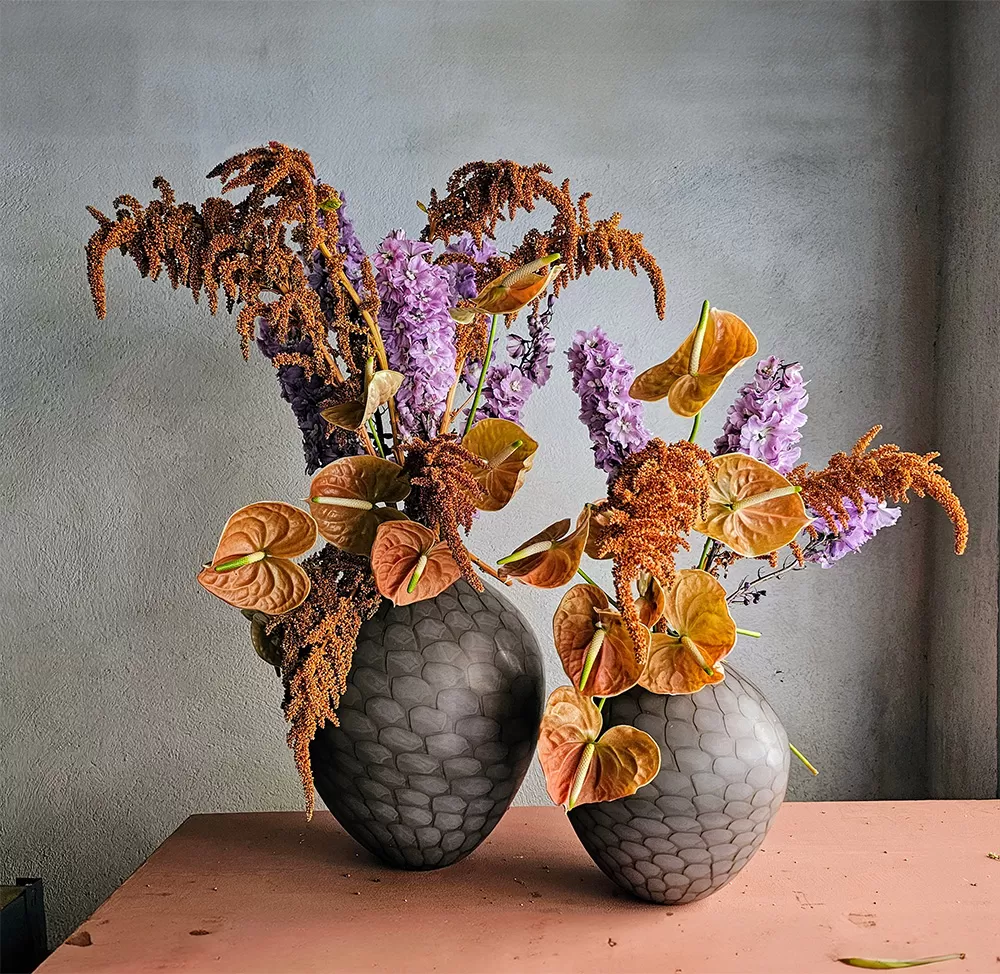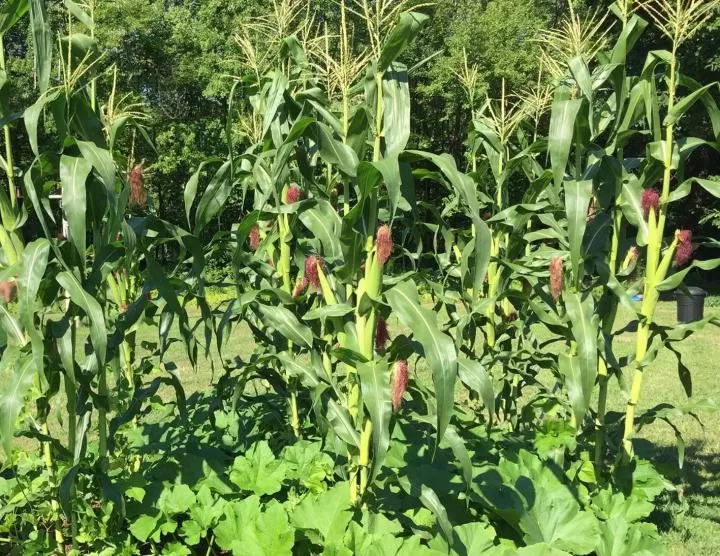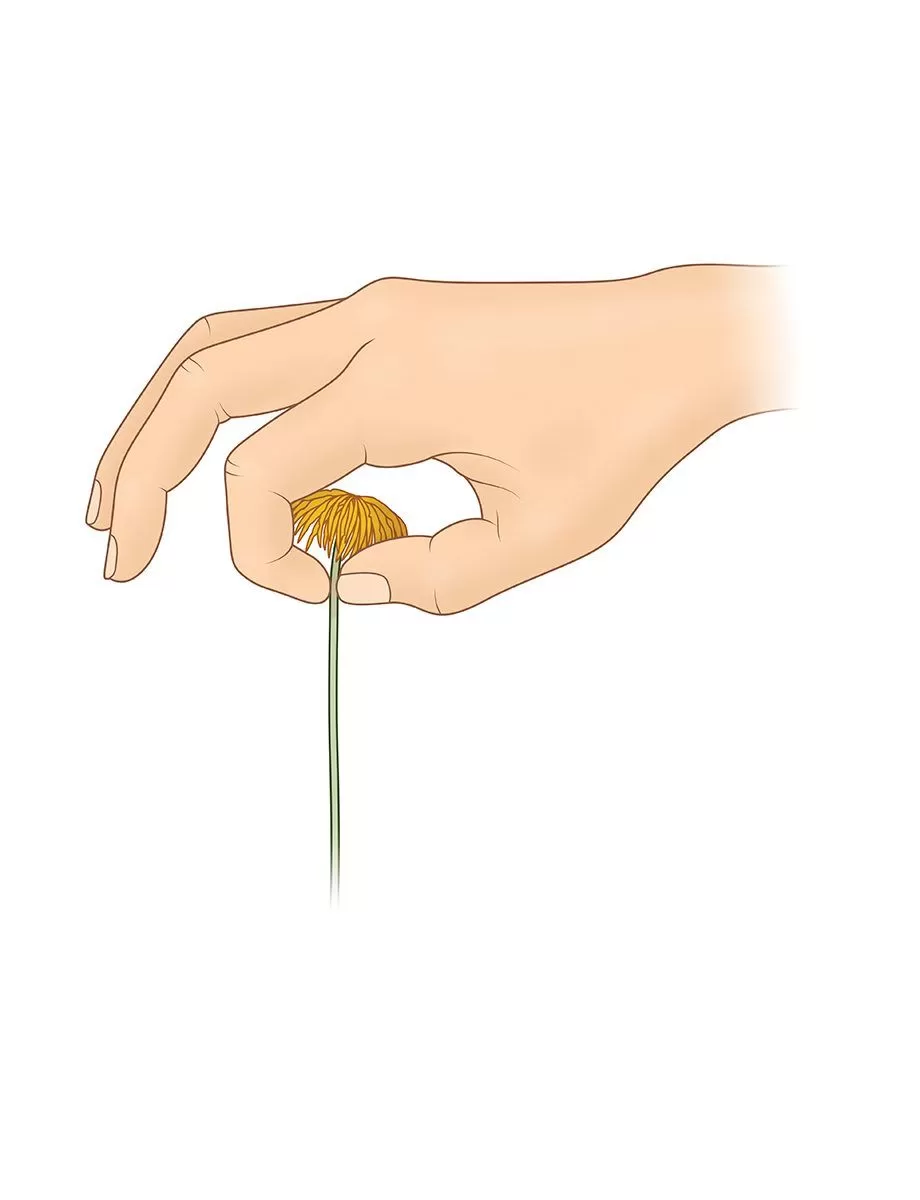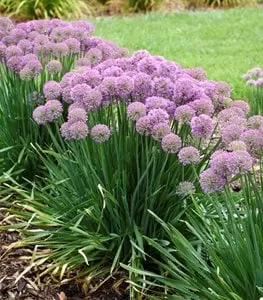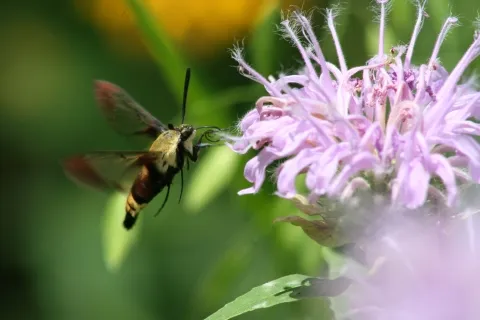- Eco-friendly gardening connects you with nature while caring for the planet.
- It focuses on organic methods, water conservation, and supporting local ecosystems.
- Adopting sustainable practices creates healthier, more vibrant gardens and landscapes.
- You can start small and make a big difference right in your backyard or balcony.
Imagine a garden that thrives not just on sunlight and water, but on principles of sustainability, kindness to the earth, and a harmonious relationship with nature. This is the essence of eco-friendly gardening. It’s a rewarding journey that allows you to cultivate beauty, grow healthy plants, and contribute positively to the environment, all at the same time. If you’ve ever felt a pull towards green living or simply want your garden to be a little kinder to the planet, embracing eco-friendly gardening practices is a wonderful place to start. Let’s explore how you can transform your garden into a thriving, sustainable haven.
Contents
- What is Eco-Friendly Gardening?
- Why Embrace Eco-Friendly Gardening? The Benefits Bloom Brightly
- Getting Started: Practical Steps for Your Eco-Friendly Garden
- Choose Native Plants
- Smart Watering: Conserving Precious Resources
- Nurture Your Soil with Organic Methods
- The Magic of Composting: Turning Waste into Gold
- Welcome Beneficials: Creating a Thriving Ecosystem
- Mulch: Your Garden’s Best Friend
- Gentle Weed Control: Nipping Problems in the Bud
- Share the Green Love: Educating and Connecting
- The Joy of Green Thumbs
What is Eco-Friendly Gardening?
At its core, eco-friendly gardening is a holistic approach to cultivating plants that minimizes environmental impact while maximizing ecological benefits. It’s about working with nature, rather than against it. This means focusing on building healthy soil naturally, conserving precious resources like water, avoiding synthetic chemicals that can harm wildlife and water systems, and creating a welcoming habitat for beneficial insects, birds, and other creatures that help keep your garden balanced and healthy. Think of it as creating a mini-ecosystem right outside your door.
Why Embrace Eco-Friendly Gardening? The Benefits Bloom Brightly
Choosing the eco-friendly path for your garden isn’t just a trend; it’s a powerful way to contribute to a healthier planet and enjoy a more fulfilling gardening experience.
- Environmental Stewardship: By reducing water usage, avoiding harmful chemicals, and improving soil health, you lessen your garden’s footprint and protect local ecosystems, waterways, and air quality.
- Healthier Plants and Soil: Organic practices build vibrant, living soil teeming with beneficial microbes, which in turn supports stronger, more resilient plants that are less susceptible to pests and diseases. This often means less work and fewer problems in the long run!
- Supporting Biodiversity: An eco-friendly garden becomes a haven for pollinators like bees and butterflies, helpful predators like ladybugs and birds, and other essential wildlife. This biodiversity creates a natural balance, reducing the need for intervention.
- Safer for You, Your Family, and Pets: Without synthetic pesticides and fertilizers, you can enjoy your garden, grow edible plants, and let your children and pets roam freely with peace of mind.
- Long-Term Sustainability: These practices create a self-sustaining system that requires fewer external inputs over time, potentially saving you money and resources while ensuring your garden thrives for years to come.
 Vibrant garden landscape showcasing eco-friendly gardening principles
Vibrant garden landscape showcasing eco-friendly gardening principles
Getting Started: Practical Steps for Your Eco-Friendly Garden
Ready to dig in? Implementing eco-friendly practices might feel like a big change, but you can start small and gradually integrate these tips into your routine.
Choose Native Plants
Selecting plants that are native to your specific region is one of the most impactful eco-friendly choices you can make. Why? Because native plants have evolved over centuries to thrive in your local climate, soil, and rainfall patterns.
- They require less water, fertilizer, and pest control than non-native species.
- They provide essential food and shelter for local wildlife, acting as vital stepping stones or oases in urban and suburban landscapes.
- Planting natives connects your garden to the natural beauty and ecological identity of your area.
Creating a corner dedicated to local wildflowers, shrubs, or trees can bring a surprising amount of life, from buzzing bees to fluttering birds, right to your doorstep.
Smart Watering: Conserving Precious Resources
Water is a valuable resource, and how we irrigate our gardens makes a big difference environmentally and financially.
- Drip Irrigation: This system delivers water directly to the plant’s root zone, significantly reducing evaporation and runoff compared to sprinklers. It’s ideal for garden beds, containers, and vegetable patches.
- Watering Time: Water early in the morning. This allows plants to hydrate before the heat of the day causes rapid evaporation and helps prevent fungal diseases that can occur when leaves stay wet overnight.
- Rain Barrels: Collect rainwater from your downspouts to use for irrigation. It’s free, non-chlorinated water that your plants will love.
- Hydrozoning: Group plants with similar water needs together. This makes watering more efficient and prevents over or under-watering specific areas.
Nurture Your Soil with Organic Methods
Healthy soil is the foundation of any thriving garden, and organic methods are the best way to achieve it. Instead of relying on synthetic fertilizers that only feed the plant (and can harm soil life), focus on feeding the soil itself.
- Compost: This “black gold” improves soil structure, drainage, and fertility. It introduces beneficial microorganisms that make nutrients available to plants.
- Organic Fertilizers: Use natural sources like compost, aged manure, worm castings, or plant-based meals. These release nutrients slowly, building long-term soil health.
- Avoid Chemicals: Say no to synthetic pesticides, herbicides, and fertilizers. These can kill beneficial insects and soil organisms, pollute waterways, and harm wildlife. Explore natural pest control methods like introducing beneficial insects, using barriers, or making natural sprays (like soap or neem oil solutions).
- Soil pH: Adjust soil pH naturally using things like compost (adds acidity), wood ash or lime (increases pH), or elemental sulfur (decreases pH). Always test your soil first to know what’s needed.
The Magic of Composting: Turning Waste into Gold
Composting kitchen scraps and yard waste is perhaps the most rewarding eco-friendly practice. You divert waste from landfills and create a free, nutrient-rich soil amendment.
- What to Compost: Vegetable and fruit scraps, coffee grounds, tea bags, eggshells, shredded paper, cardboard, grass clippings, leaves, and plant trimmings are great additions.
- What NOT to Compost: Avoid meat, dairy, oily foods, diseased plants, and pet waste (from carnivorous animals) as they can attract pests or spread pathogens.
- Benefits: Compost improves soil structure, increases water retention, reduces erosion, and feeds beneficial soil organisms.
Whether you use a simple pile, a bin, or a tumbler, composting is a fundamental step towards a truly sustainable garden.
Welcome Beneficials: Creating a Thriving Ecosystem
A balanced garden ecosystem is one where nature helps manage pests. Attracting beneficial insects, birds, and amphibians can drastically reduce your pest problems without chemicals.
- Provide Food: Plant a diverse range of flowering plants, especially natives, to provide nectar and pollen for pollinators. Some plants, like dill and fennel, attract predatory insects.
- Offer Water: A shallow dish of water with stones for landing or a small pond can attract birds, frogs, and beneficial insects.
- Provide Shelter: Leave some leaf litter, create log piles, or have dense shrubs where creatures can hide and overwinter.
- Specific Plant: Marigolds are known to deter certain pests with their scent, while attracting pollinators.
Mulch: Your Garden’s Best Friend
Applying a layer of mulch around your plants is a simple yet incredibly effective eco-friendly practice.
- Moisture Retention: Mulch acts like a blanket, reducing water evaporation from the soil, which means you water less often.
- Weed Suppression: A thick layer of mulch blocks sunlight, preventing weed seeds from germinating and making it easier to pull any weeds that do sprout.
- Temperature Regulation: Mulch insulates the soil, keeping roots cooler in summer and warmer in winter, protecting plants from temperature extremes.
- Soil Improvement: Organic mulches (like wood chips, straw, or compost) break down over time, adding valuable nutrients and improving soil structure.
Apply mulch about 2-4 inches deep, keeping it a few inches away from the base of plant stems or tree trunks to prevent rot.
Gentle Weed Control: Nipping Problems in the Bud
Weeds compete with your plants for water, nutrients, and light. Managing them naturally is key in an eco-friendly garden.
- Manual Removal: Pulling weeds by hand or using a hoe is effective, especially when the soil is moist. Get them when they’re small before they set seed.
- Smothering: Use organic mulches, cardboard, or black plastic sheeting (temporarily, then removed) to block sunlight and kill weeds in a given area.
- Prevent Seeding: The most important step is to remove weeds before they have a chance to flower and produce seeds, which will lead to many more weeds in the future.
Share the Green Love: Educating and Connecting
Part of eco-friendly gardening is spreading awareness. Share your experiences and knowledge with neighbors, friends, and family. Encourage others to adopt similar practices. Join local gardening groups or conservation organizations to learn more and connect with like-minded people. Every eco-friendly garden, no matter how small, contributes to a larger, healthier environment.
The Joy of Green Thumbs
Beyond all the practical steps, remember that gardening is a source of immense joy and satisfaction. It’s a chance to slow down, connect with the earth, and witness the miracle of growth firsthand. Embrace the process, celebrate the small victories, and enjoy the beauty and bounty your eco-friendly garden provides.
By incorporating these steps, you’re not just growing plants; you’re cultivating a deeper connection to the environment and helping to build a more sustainable future, one garden bed at a time.
Ready to start your eco-friendly gardening adventure? Share your thoughts or questions in the comments below! Looking for specific plant care tips or landscape ideas? Explore more articles on Thelittle.garden for inspiration.





